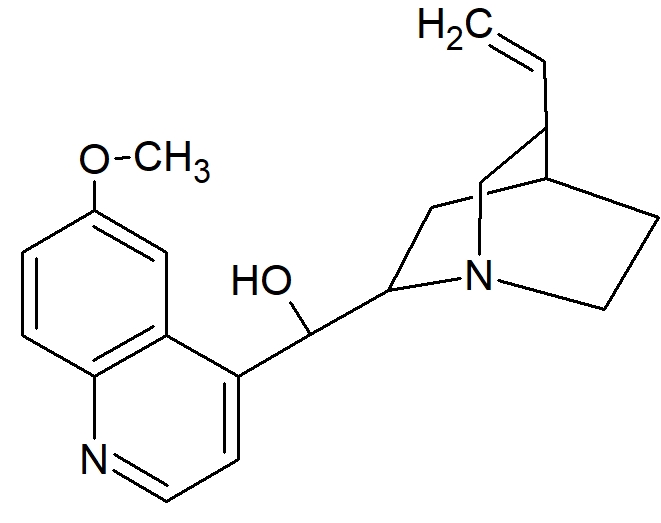Pure gin has gone somewhat out of fashion these days. But gin and tonic is booming all the more. For this, however, you need another essential ingredient (in addition to the cucumber): tonic water. With the advent of the gin and tonic trend, this ingredient also became more and more important and now enjoys a relatively large variety. The most important and characteristic component of tonic water is quinine. It gives the tonic water its bitter and characteristic taste.

Strictly speaking, tonic water only exists because of this substance, since quinine had been used successfully as a medicine against malaria since the end of the 19th century and until it was replaced by more effective substances in 1934. Today, as in the past, quinine is extracted from the juice of the cinchona bark. However, the taste of the cinchona bark is very bitter and so the antimalarial drug was initially not very popular with the soldiers in the colonial areas. The British therefore began to dissolve quinine in water in India and then mixed it with gin and lemon. This fact also explains the longer name Indian Tonic Water, which can still be found on some tonic water.
It was then produced by Johann Jacob Schweppe for the mass market. After his patent for carbonated water, he also founded a factory for the production of tonic water, the so-called Indian tonic water. The Schweppes brand is still well known today. However, the quinine content is significantly lower today than it used to be. Tonic water is therefore no longer suitable as a remedy for malaria.
